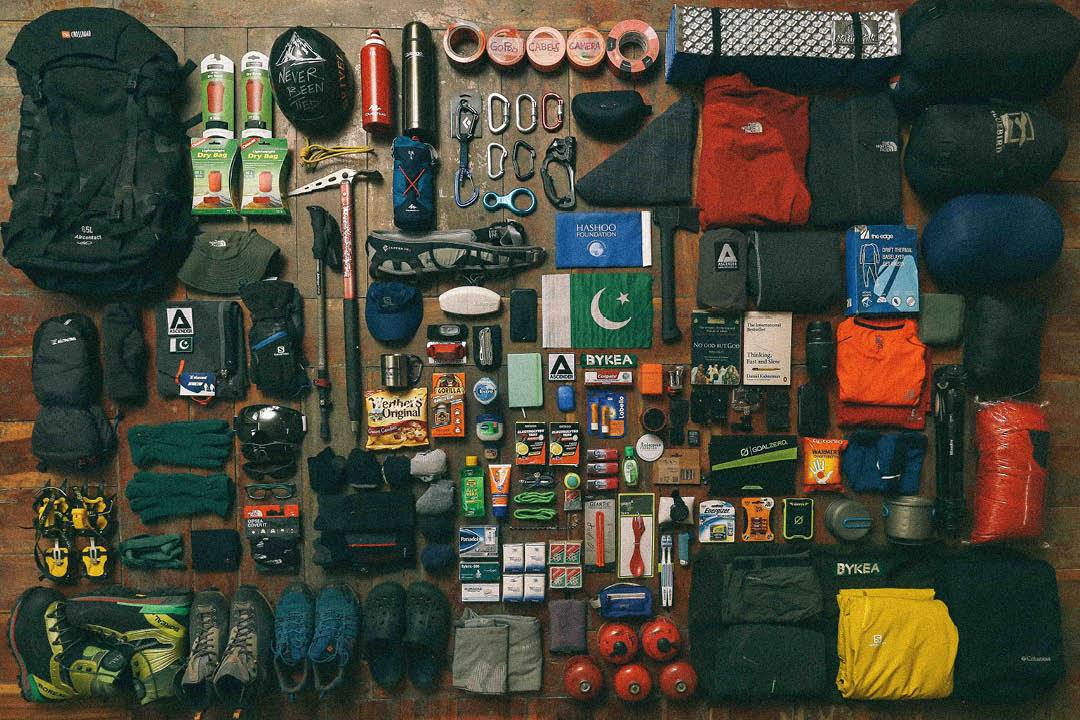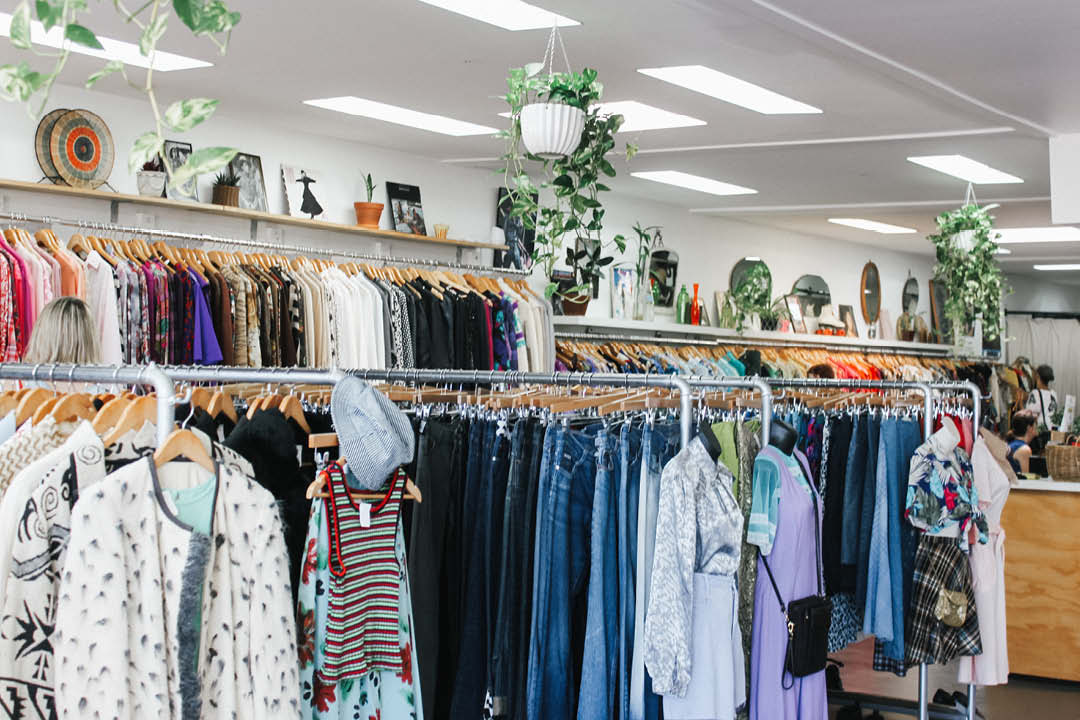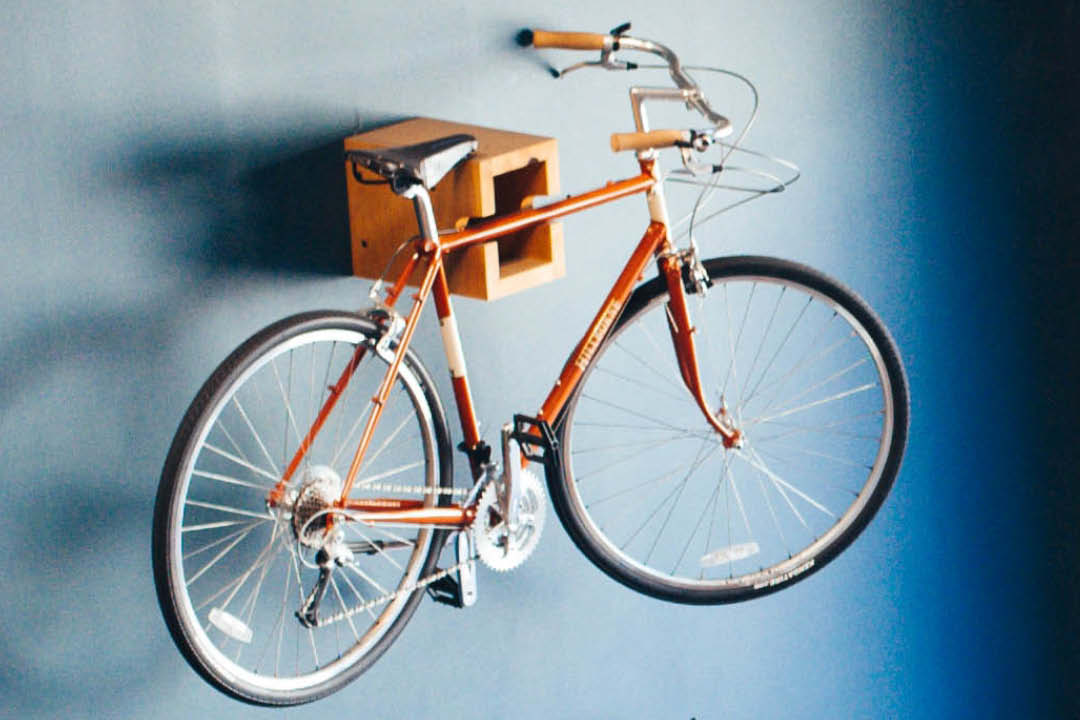How to prevent and treat foot blisters
Outdoor Activities | March 28, 2024
SAIL
November 30, 2022

The world of outdoor equipment is one of those areas where overconsumption is likely to happen. Brands compete in ingenuity to release new items that promise a better experience in sports, leisure, and outings. Lighter, faster, more compact… It is easy to fall into the race for new equipment in search of fleeting pleasures that will last until you lay your eyes on the latest novelty. Whether it is for the sake of your wallet or your environmental footprint, the question arises: what do you really need? And what are the alternatives to buying gear (alternatives that might even allow you to afford better gear when you really need it)?
You may have heard of Maslow’s pyramid of needs. In short, to act on certain motivations of an individual, his or her essential needs, located at the base of the pyramid, must first be met. Inspired by Maslow’s hierarchy of needs, and slightly diverting its concept, Canadian illustrator Sarah Lazarovic has created a new hierarchy of needs applied to the purchasing behaviour of individuals. Read on to discover other possibilities you may not have thought of yet!
This article was produced in collaboration with Earth Day Canada.
In this article, you will discover all the options to consider before buying an outdoor item:
When you consider a purchase, the first question to ask yourself is: how badly do you need what you want? For example, do you need a specific raincoat for your outdoor outings or could you use your everyday one? Most of the time, needs are created more than they actually exist! So start by taking a tour of your cupboards, seizing the opportunity to dust off other forgotten things. It is also important to take good care of your clothes and equipment so that they last a long time, and to choose to repair before you buy. For example, you can re-waterproof your tent, replace your backpack zipper or add padding to your sleeping bag. If they are of good quality, your things are made to last!
You have established that you actually need an item of outdoor clothing or equipment. Next question: how many times will you use it during the year? If the answer is less than 10, consider your options before rushing to take out your credit card… How many (often expensive) tents have been used three times before being stacked in the back of the garage? Whether you need a hiking bag, walking poles or a canoe, you potentially have someone around you who could lend it to you. This makes even more sense if you are starting off with a new activity; you will be able to test equipment and better choose what seems suited to your needs if you decide to indulge in it more regularly. Another interesting option is to rent equipment for occasional use. Finally, something we think about too rarely: some objects lend themselves well to joint purchases! Camping equipment, fishing equipment or even a slackline. You could buy these in common with a few trusted people and share them so that everyone can use them when needed.
This option is similar to the previous one but adds a great logic of circularity. Nothing is more exciting than an exchange of good practices from which everyone wins. For example, you could offer to borrow your colleague’s paddle board in exchange for your bike repair skills. By discovering people around you who are open to this kind of exchange, you could create a dynamic that will lead you to many other objects! It is also an opportunity to discuss your mutual ways of doing things and obtain interesting technical advice. If you want to push the matter further, do not hesitate to organize an outdoor equipment exchange event with a few loved ones: some great finds could be waiting for you!


Here you are at the top of the pyramid, where buying is justified. Circling back to the beginning of this article, let us repeat that it is in your best interest to take a moment to reflect in order to buy equipment that will serve you for many years. For example, buying a pair of shoes that will keep your feet warm and dry for 10 years is a very good investment. So try to clearly define your needs with long-term vision! Most often, in addition to having a lower impact in terms of the manufacturing process, eco-responsible brands also favour durable materials that resist over time. It is therefore worth investing to get durable equipment, especially since you now have all the cards in hand to save money elsewhere!